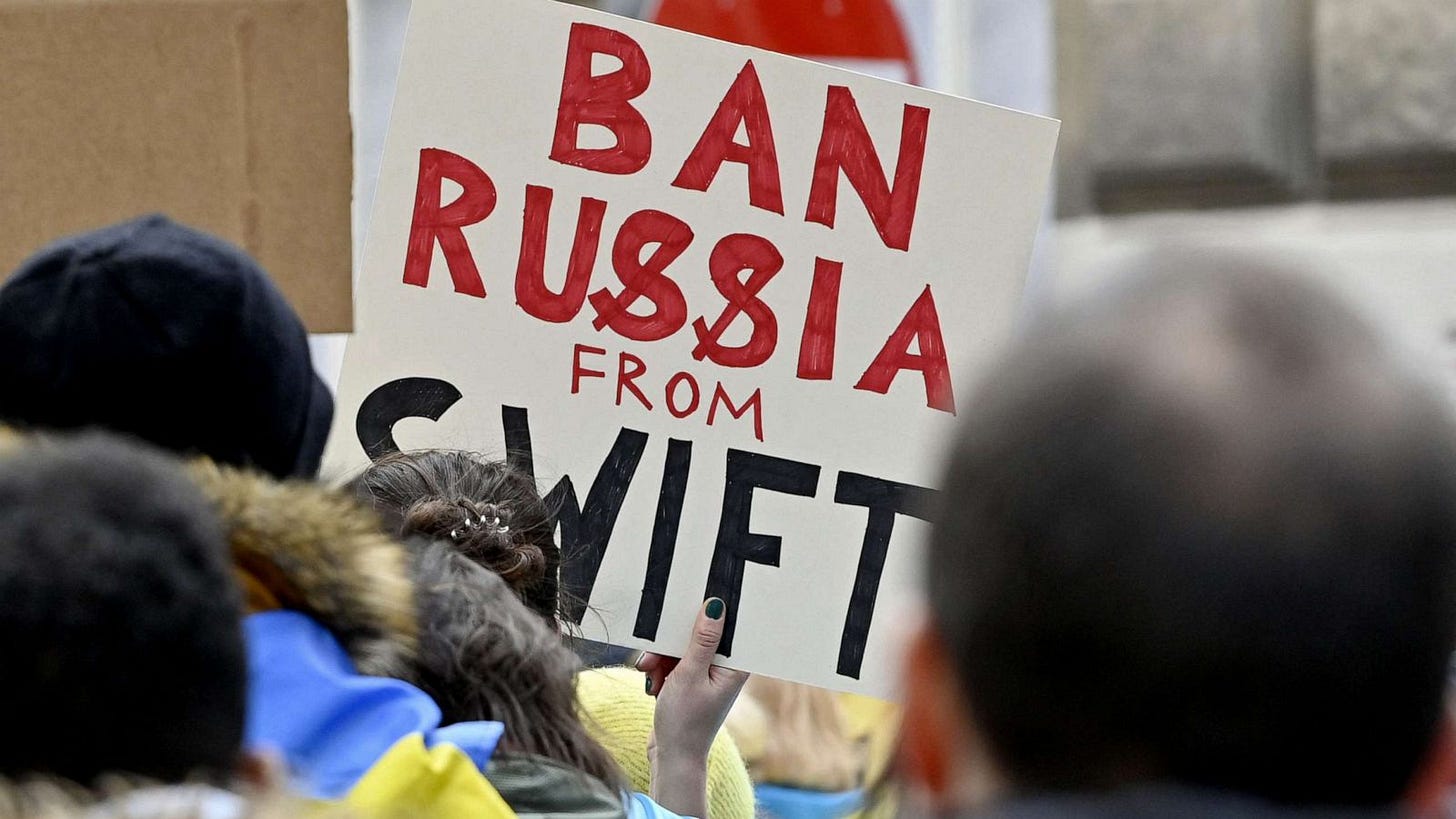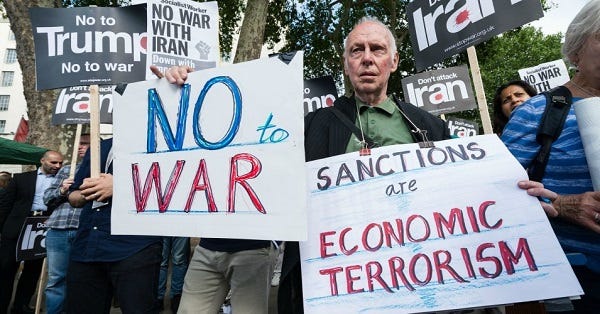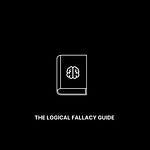Welcome to the 498 new members of the curiosity tribe who have joined us since Friday. Join the 72,546 others who are receiving high-signal, curiosity-inducing content every single week.
Today’s newsletter is brought to you by Rows!
After spending 7+ years in traditional finance, I had Chronic Excel Fatigue–the result of countless hours spent wrestling with the dated, legacy technology that hasn’t been updated since 2006!
Fortunately, I discovered Rows—spreadsheets, reimagined. Rows is a truly magical product experience. It allows you to seamlessly pull data on stocks, crypto and more, and instantly integrate with services like Stripe, Google Analytics, Twitter, Salesforce, Instagram, Facebook and public databases like Crunchbase and LinkedIn.
Rows is one of the most insane new product experiences I have had in recent memory. I use Rows for everything from managing my Startup Portfolio, social analytics, fund investing, and LPs to tracking household budgets and personal finance. I may never open Excel again.
For your next spreadsheet, give Rows a try. You won’t be disappointed. Join thousands of teams that have stepped up their spreadsheet game with Rows.
Today at a Glance:
Economic sanctions fall into the category of economic statecraft—the use of financial levers to drive desired geopolitical outcomes. They can be broadly defined as any planned commercial or financial penalties applied by one or more countries on another country, group, organization, or individual.
The goals of the sanctions include constraining cross-border money flows that are necessary for financing a long-term war effort, punishing the oligarchs who support Putin and his war efforts, depleting Russia’s financial reserves, and creating political unrest within Russia that puts Putin under pressure.
While the base package of sanctions was considered standard, the weekend announcements of a cutoff from SWIFT and a Central Bank reserve freeze is potentially much more damaging to Russia and Putin.
A Primer on SWIFT & Sanctions
“There are decades where nothing happens, and there are weeks where decades happen.” — Vladimir Lenin
The world is in a dramatically different state since you last received a deep-dive piece from me just one week ago. Russia’s invasion of Ukraine has tragically plunged countless lives into chaos and encouragingly rallied much of the world to support the besieged Ukrainians. In the vein of support, I will be donating the proceeds from today’s newsletter to UNICEF: Protect Children in Ukraine.
The situation is an intensely complicated one. There are two wars being waged here: a military war and an economic war.
Today, I’d like to talk about that economic war and provide a simple breakdown of the most important weapons involved. I hope this piece makes you feel more well-informed in the days and weeks ahead.
A Brief History of Sanctions
Economic sanctions have become a staple of modern statecraft.
Economic sanctions fall into the category of economic statecraft—the use of financial levers to drive desired geopolitical outcomes. They can be broadly defined as any planned commercial or financial penalties applied by one or more countries on another country, group, organization, or individual.
They are not new.
Most historians agree that the first formal economic sanctions were in 432 B.C., when Athens restricted merchants from a rival city-state called Megara from participating in its marketplaces. The action choked off economic activity in Megara—the sanctions were highly-effective.
Fast forward several millennia to World War I and economic sanctions had become a core tool in the geopolitical toolkit. A prolonged naval blockade by the Allies was used to restrict the flow of goods to Germany and the other Central Powers.
As the 20th century progressed, sanctions were used time and again—the industrial logic was that their potential dire impact on an economy would cause would-be aggressors to think twice before taking military action.
Unfortunately, this didn’t take into account the human impact of the collateral damage of these sanctions, which was often devastating.
In the post-9/11 world, the increased awareness of this human impact gave rise to so-called “targeted” sanctions—sanctions specifically designed to mitigate collateral damage and have precise impact. If general sanctions had been a shotgun blast historically, targeted sanctions were designed to be a sniper shot.
This is largely where we are today and how we got here. The U.S. and Western world continue to make heavy use of sanctions due to broad global reliance on the dollar for trade and commerce.
With that history in mind, let’s turn to our present situation…
The Russia Sanctions
Over the weeks preceding Russia’s formal invasion of Ukraine, as its military aspirations became increasingly well-understood, the U.S. and Western world began preparing its financial response.
There are several interconnected goals of the sanctions package here:
Constrain cross-border money flows that are necessary for financing a long-term war effort.
Punish the oligarchs who support Putin and his war efforts, many of whom live and work outside of Russia.
Deplete Russia’s financial reserves (reduce its cushion).
Create political unrest within Russia that puts Putin under pressure.
Increase the cost—actual and perceived—of an international company doing business in Russia.
I would segment the potential response into two core tiers:
Tier I: Sanctions on Russian banks, companies, and oligarchs.
Tier II: A cutoff from SWIFT and Central Bank reserve freeze.
Tier I was table-stakes—effectively the standard operating procedure of the West in such a situation. Tier II was considered much less likely, with many media outlets calling the cutoff from SWIFT the economic “nuclear button” in this situation.
After the invasion began, when it became clear that Putin planned to press forward, the U.S. and EU quickly progressed from Tier I to Tier II. Over the weekend, plans were announced to cut many Russian banks off from the SWIFT system and freeze Russia’s access to foreign currency reserves held in the West.
Let’s talk about what this all means and why it’s so impactful…
SWIFT
SWIFT is short for the Society for Worldwide Interbank Financial Telecommunications. It’s a global cooperative of financial institutions based in Belgium.
SWIFT was formed in 1973 when 239 banks from 15 countries came together to establish a way to handle cross-border payments. Today, SWIFT connects more than 11,000 financial institutions across 200+ countries.
SWIFT doesn’t actually do any funds transfer or holding of funds, but it’s a critical part of the communication infrastructure that enables cross-border money flows. The best way to think about SWIFT is like a simple email or messaging collaboration system enabling secure messages across its member banks—like a sort of Slack for international banks.
SWIFT sees an average of 40 million messages a day—including around orders, payment confirmations, FX exchanges, and trades. These messages provide a form of reliable, safe communication for international banks to execute transactions with one another.
SWIFT is a critical part of the global financial system’s plumbing, if you will.
While not a political organization, its importance to global flows of capital means SWIFT is often looked at as a geopolitical tool as part of sanctions packages. Cutting off a nation’s banks from SWIFT access restricts flows into and out of that nation, generally resulting in severe economic pain.
This action is not without precedent. It first happened in 2012 with the sanctions package on Iran in retaliation for its nuclear program. It was again looked at in 2013-14 in response to Russia’s actions in Crimea.
Noah Smith had a great breakdown of the economic impact of a cutoff:
If a Russian bank gets booted from SWIFT, it immediately becomes a less desirable place to keep one’s money. This could provoke runs on Russian banks…It could also make it much harder for Russia to pay for its imports. If you buy, say, an oil drilling machine from Germany, you need to pay for that machine in Euros. A Russian company generally doesn’t have a bunch of euros sitting around, so it’ll have to swap some of its rubles for euros. It will generally do that via a Russian bank. But if Russian banks are cut off from SWIFT, they might not have any secure way to message the banks who have euros in order to make the swap; this makes it hard for the Russian company to buy the German machine.
This difficulty will manifest as a fall in the value of the ruble, the Russian currency…A weak ruble will make it hard for Russian companies to buy imports, and it’ll also make it even harder for rich Russians to spend their money abroad.
The challenge is that it is a real double-edged sword. Russia is a large economy with tentacles that reach everywhere. It is a key energy supplier to Europe and the world—including one of the largest oil exporters to the U.S. It is also an exporter of materials critical to the manufacturing of jet engines, semiconductors, cars, electronics, and fertilizers.
As such, the SWIFT cutoffs have a major carveout—messages are still allowed for anything related to energy. This is important, as it’s the largest export from Russia and a major engine of their economy.
Furthermore, Russia has been building an in-house SWIFT alternative since 2014—the last time SWIFT cutoff was threatened—which may mean they are able to temper some of the impact a cutoff would have on its economy.
It’s also worth considering that a cutoff from SWIFT may have longer-term second-order effects on Bitcoin and non-fiat currencies. The base logic: Russia may seek to circumvent the impact of the restrictions via a combination of its in-house system and a push away from the USD-reserve currency hegemony.
Reserve Freeze
In the days before the invasion, it was widely reported that Putin had prepared for this day by building a war chest of financial reserves to insulate Russia from the disruption that Western sanctions may impose on the economy.
The approximate total (including gold): $640 billion.
This chart shows how the reserves have been amassed since their last big dip—which was incidentally when they were used to defray the impact of the last invasion of Ukraine in 2014.
These reserves are an important mechanism for stabilizing his domestic economy and currency. In very simple terms, they can be used to purchase currency or assets on the open market in order to prevent a collapse.
The problem: Much of that reserve base is exposed, with almost half being held in foreign banks. Over the weekend, the U.S. and EU announced a plan to expose this weakness, stating an intention to freeze the reserve assets of the Russian Central Bank that are held in Western banks.
Suddenly, that cushion isn’t so comfortable anymore.
A currency collapse is both technical and psychological. Public awareness of the inability of the Central Bank to protect the domestic currency compounds the technical and is likely to lead to a downward spiral.
As you can see in the chart above, it already appears to be having the desired impact…
This is a striking action by the U.S. and EU and one that is likely to have material consequences on the situation and dynamics. It certainly backs Putin into a tighter corner—which may be a positive or a negative depending on how he responds from here.
Conclusion
The explanations provided in this piece are intended to be a primer. In the days and weeks ahead, there will be a lot of talk about SWIFT, reserve freezes, sanctions, and their role in the response to Russia’s actions.
I hope this short breakdown makes you feel more knowledgeable on the topics.
If you are interested in donating to support the cause, I highly recommend you consider UNICEF: Protect Children in Ukraine. I will be donating the proceeds from today’s newsletter to this cause. My thoughts and prayers go out to everyone impacted by this tragic situation.
Note: This is a dynamic situation with breaking news hitting the wires with increasing frequency. I will do my best to continue to update this piece with anything of note. For more on the subject, I highly recommend reviewing my sources here, here, and here.
Where It Happens Podcast
Personality-Market Fit with Nuseir Yassin
Watch it on YouTube and listen to it on Apple Podcasts or Spotify. Want more? Join the 4,000+ in our unique community on Discord.
Special thanks to our sponsors for providing us with the support to bring this episode to life.
This episode is brought to you by Tegus. Tegus is the fastest way for investors and M&A teams to learn everything they want to know about a company, all from an on-demand digital platform. Tegus is the most extensive source of instantly-available 1:1 conversations between investors and experts, covering companies from the seed stage to the public markets. Just log in for instant access to 25,000+ transcripts. They are offering you a free 2-week trial at tegus.co/room.
This episode is also brought to you by OpenPhone. OpenPhone is an all-in-one business phone system that can help your startup look more credible—and it works right from your existing smartphone or computer. Each phone number comes with its own inbox for managing calls, texts, and voicemails together—making it easy to keep track of every conversation. Sign up and start using your new business number in minutes. Visit OpenPhone.co/room to save 20% on your first six months.
Sahil’s Job Board - Featured Opportunities
Maven - Growth Marketer, GM of Partnerships & Ops, Course Strategy & Ops, Course Content Development Lead
Elevate Labs - Senior Growth Marketing Manager
Pallet - BD & Sales, GTM & Ops—Creator Growth
Skio - Account Executive
Maxwell Social - Founding CTO
SparkAI - Full Stack Engineer
First Mark Capital - Recruiter
Substack - Android Engineer
Practice - Onboarding Specialist
Superjoi - Full Stack Engineer, Community & Growth
Seven Seven Six - Finance & Compliance Manager
The full board with 30+ other roles can be found here!























